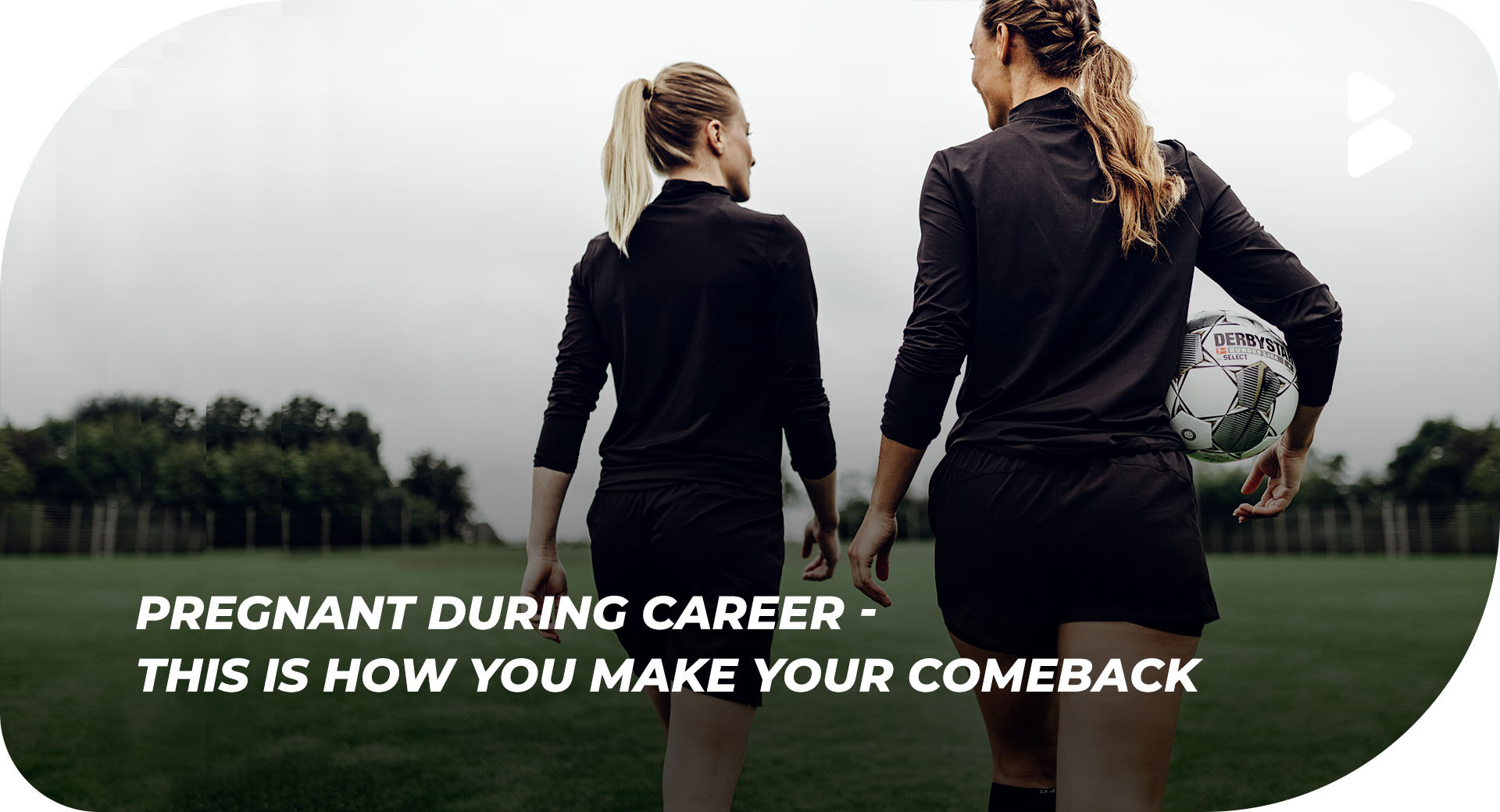More and more female athletes are deciding to have a child during their careers, even if they are advised against it and some sponsors refuse.
They include top female athletes such as multiple Olympic champion Allyson Felix and German goalkeeper Almuth Schult.
They have shared their experiences of combining a professional sports career with motherhood and spoken openly about the challenges they have faced along the way.
As a six-time Olympic gold medalist and 11-time world champion, Allyson Felix was theoretically in a comfortable position when she decided in 2018 to have children during her career. At the same time, she had to negotiate a contract extension with her biggest sponsor.
According to the New York Times, Felix did not receive assurances that her pay would remain constant during that time if her performance declined after having a child. Felix did not give up and joined other athletes in advocating for maternity rights.
In the meantime, many outfitters have adjusted their conditions. Felix's sponsor Nike, for example, guarantees female athletes their salary and bonuses for 18 months around the time of pregnancy.
In the 2021/22 season, only one mother played in the 1st German Bundesliga: Almuth Schult.
She had given birth to twins in April 2020 and then fought her way back into goal for her club VfL Wolfsburg and the German national team, where she lost her place to Merle Frohms ahead of the 2022 European Championship.
Speaking to UEFA.com, Almuth Schult described the challenges of sleep deprivation for athletes, the increased stress levels, the changes in her body and the increased risk of injury, pointing to the importance of targeted stress management.
At the same time, Schult recounts how her club and DFB offered support when she told officials about her plan. They assured her they wanted to accompany her in the process and learn for themselves - especially since pregnancy is not a natural topic in professional sports.
During the European Championship, Schult was allowed to bring her twins and husband with her.




